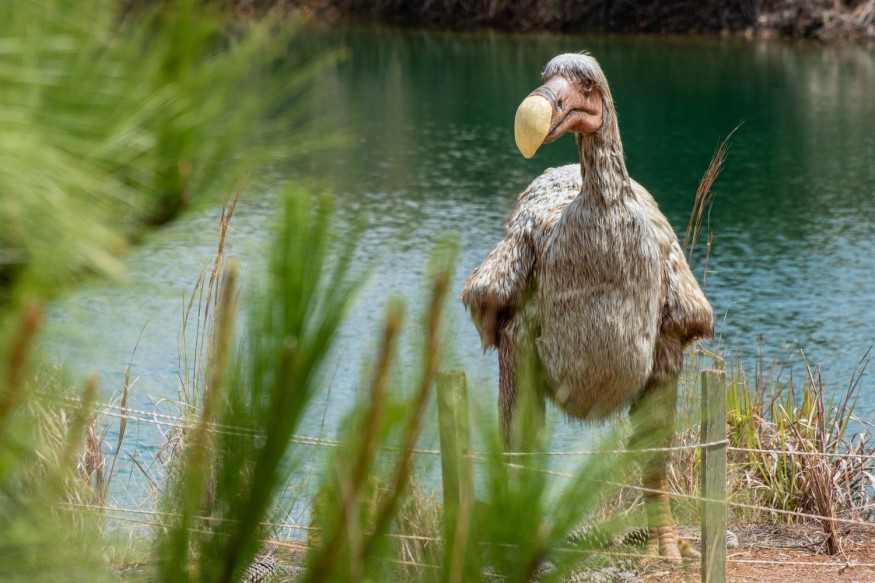
Among the many extinct species, the dodo is one of the most famous. However, can dodo be brought back to life?
While this may sound like a sci-fi feat, experts are welcoming such a possibility, especially with the advancements of science and technology.
In fact, according to the Daily Mail, Colossal Biosciences, a Texas-based startup, has just revealed its plans to bring the dodo back to life, over 350 years after it was completely wiped out of Mauritius in the 1700s.
ALSO READ : When Did Mammoth Extinction Take Place? The Answer Is More Complicated Than Thought [STUDY]
From Mammoth to Tasmanian Tiger to Dodo
Colossal Biosciences will allocate $150 million for this project. It will take place alongside other previously revealed efforts to bring the Tasmanian tiger and wooly mammoth back from extinction.
According to Scientific American, the tech startup was founded in 2021 by Benn Lamm and George Church, who is a geneticist from Harvard University. Before the company's plans to revive the dodo surfaced, it first announced its plans to de-extinct the mammoth. A year after that, the company also relayed its plans to execute the same efforts toward the Tasmanian tiger. Now, with its Avian Genomic Group being launched and its added investment, the famous dodo is now part of the lineup.
Can Dodo Be Brought Back to Life?
Among extinct species, the dodo serves as a weighty symbol. The dodo was a native of Mauritius, an island in the Indian Ocean. It later became extinct during the 1700s, after people arrived in Mauritius. According to Scientific American, this bird serves as a symbol for an evolutionary misfortune of some sort. While it should have feared humans, the bird was not afraid. Dodo carefreely approached the sailors and did not flinch even when their peers were getting killed. These birds were also prey for other animals, like rats and monkeys, which humans also brought.
Scientific advisory board member and lead paleogeneticist Beth Shapiro expresses that the announcement is the project's mere start. Shapiro has looked into the dodo ever since the field of paleogenetics was still an infant.
To achieve such a feat, the scientists needed to sequence the full genome of the dodo, from its bone specimens down to other different fragments. The Daily Mail reports that this is something that they have accomplished as part of stem cell technology.
Then, the scientists will have to perform genetic editing on the cell of a close relative that is alive. In the dodo's case, its closest living relative is the Nicobar pigeon.
The cell that has been genetically modified will then be used to make an embryo, which will be incubated within a surrogate mother.
Scientists are hopeful for the hatchling to resemble the dodo or the Nicobar pigeon. They also aim for the bird to be born within six years.
Shapiro notes, however, that it is not easy to recreate an actual animal that is living and breathing. While a cloning approach was tried before with Dolly the Sheep, Shapiro notes how they do not know how to execute that in bird species because of their complex reproductive systems.
She expresses the need for a different approach for birds. Shapiro also notes that this issue is a huge technological obstacle to de-extinction.
Scientific American reports that it is still being debated whether bringing back this extinct bird's semblance is indeed a feasible feat.
RELATED ARTICLE : How Can An Ancient Resilient Species Become Extinct?
Check out more news and information on Extinction in Science Times.
© 2025 ScienceTimes.com All rights reserved. Do not reproduce without permission. The window to the world of Science Times.









